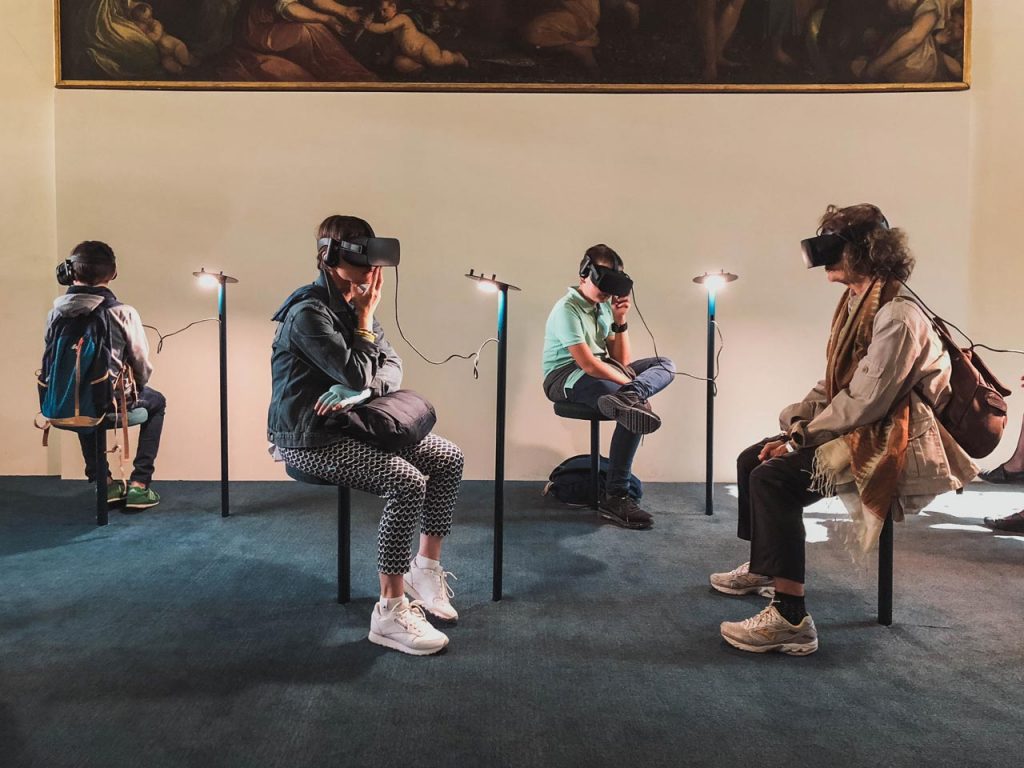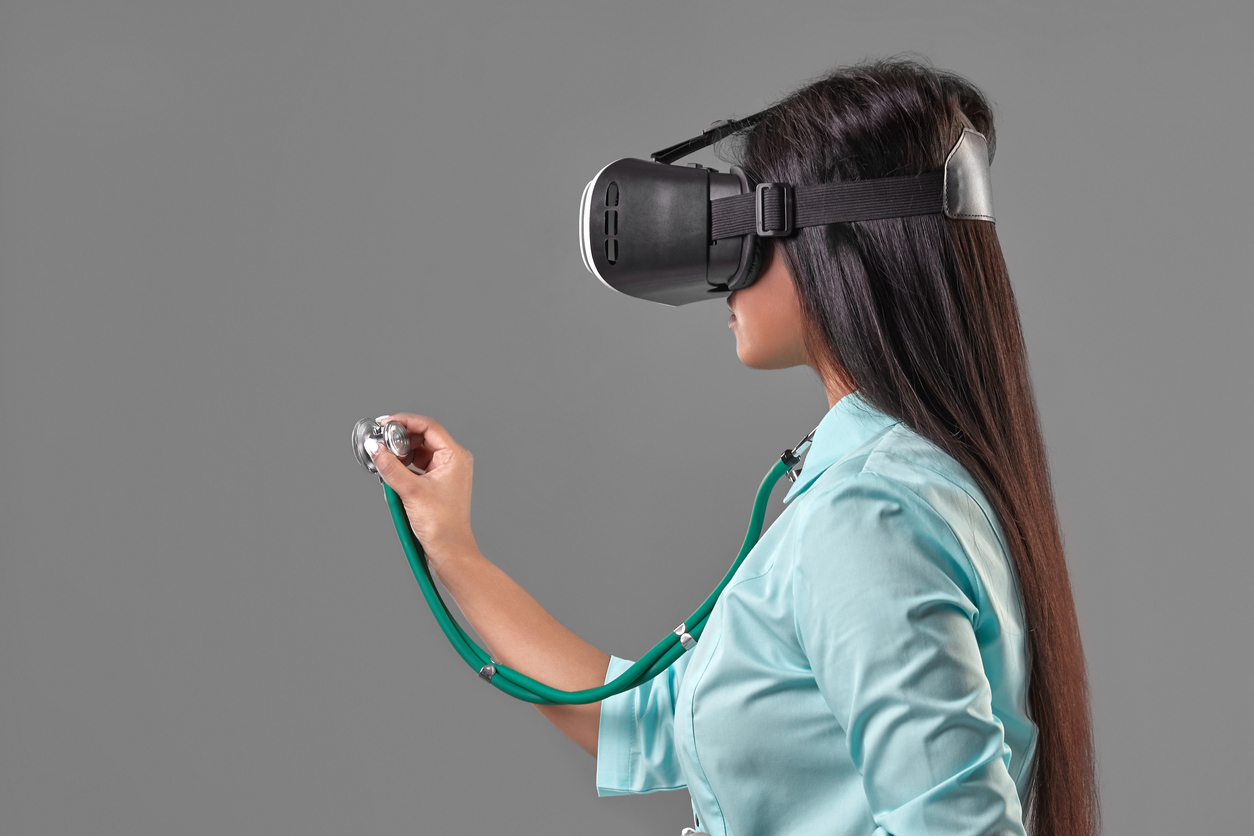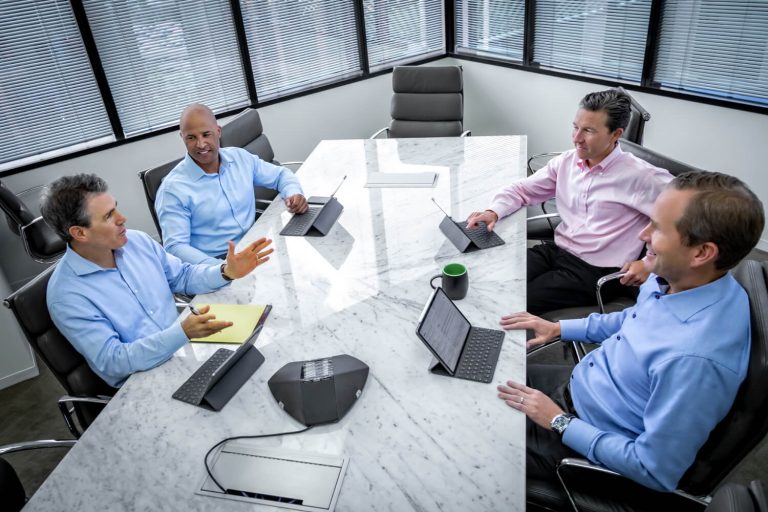
Do You Need To Develop VR, AR, or MR Software?
Have you been considering finding a developer for software that leverages the power of virtual reality, augmented reality, or mixed reality? If so, it might be unclear which technology is right for your particular business application. To help ensure you find the right solution for your VR, AR, or MR needs, we’ve put together this article that explains the difference between these unparalleled engagement tools.
How Do AR, VR, And MR Differ From Each Other?
Let’s start by explaining how each type of reality-enhancing system works. While each system offers a whole new way of viewing the world, some lend themselves better to certain applications than others.
Augmented Reality (AR)
AR creates a digital overlay on top of a live view, often by using the camera on a smartphone. Examples of augmented reality systems include Snapchat lenses and the Nintendo game Pokemon Go. Users point their phones in different directions to find various digital forms in real-world space, allowing them to interact with software indoors and outdoors.
One downside of AR is that the field of view on smartphones is limited by the size of the device, must be held in the user’s hands, and the experience is far less immersive than using a headset. That said, these simple solutions can work fine for some use cases like games or entertainment apps.
When it comes to augmented reality devices, most today only use optical see-through-based glasses or goggles to create holographic images in a narrow, augmented window. The problem with these systems is the images are hazy and transparent, as these devices can only display light, not black content. AR headsets also make big compromises when it comes to the field of view and resolution. All things considered, what AR devices lack in visual detail, they often make up for with ease of portability and low weight. Some AR headsets are even wireless, enabling users to take them outside.
Pros Of AR
- Portable and can be wireless
- Low cost when compared with mixed reality
- Enables interacting with the real world simultaneously
- It can be used outdoors and almost anywhere
- A relatively easy option for simple content like information overlays
Cons Of AR
- Transparent, ghost-like video quality
- A narrow field of view makes displaying large objects difficult
- Not full immersion and is limited for enterprise applications
When to use Augmented Reality solutions?
Augmented reality works well in applications where the device needs to be lightweight and portable, and especially when an active presence and eye contact with real surrounding is key. Business use-case examples could include customer service, maintenance, or logistics.
Virtual Reality (VR)
VR delivers a complete immersion experience separate from the physical world. Examples of VR devices include the HTC Vive, Oculus Rift, and Google Cardboard. These systems transport users to everything from real-world environments to completely made-up game worlds.
Pros Of VR
- Most flexibility in creating an entirely digital experience
- A true immersion into life-like digital worlds
- Nearly endless virtual scenarios can be created
Cons Of VR
- Isolated experience from other people standing close by
- Users are detached from real surroundings, which could be dangerous
When to use Virtual Reality solutions?
Virtual reality (VR) is best for cases where users are seeking a completely simulated environment, which could include training simulations, potential architecture plans, or highly immersive entertainment like Oculus.
Mixed Reality (MR)
MR combines key elements of both AR and VR with real-world and digital objects. MR technology is just now gaining popularity, such as with Microsoft’s HoloLens, one of the most robust mixed reality systems.
Mixed reality combines some of the best elements of VR and AR. By merging virtual content with the real world in interactive and immersive ways, MR displays virtual objects that appear to exist as part of the real world, even occluding behind real physical objects. Real physical objects can also influence the shadows and light of virtual content, opening up a whole new world of possible solutions not possible with VR or AR alone.
MR enables users to see themselves and interact with friends or coworkers within a virtual environment. Where MR is truly valuable for professionals is when it blends virtual and real content to the degree it’s impossible to distinguish the line between reality and virtual. MR is best achieved using video pass-through technology rather than optical see-through like AR uses. With a pass-through video system, virtual objects can be displayed as black or opaque just like they would look in the real world.
Of course, all of this high rendering fidelity means fairly powerful computer hardware is needed to run these types of immersive experiences. That said, current advancements in this technology are making it more and more achievable using only high-end consumer desktops. Therefore, greater numbers of businesses are empowered to adopt MR solutions.
One use-case example is auto manufacturer Kia, which was able to speed up their design review process by an incredible 99%, shrinking these tasks from several days down to only one hour.
Pros Of MR
- Creates a truly immersive environment that combines with reality around the user
- High-quality option for simulations that need to accurately reflect real scenarios
- Combines the flexibility in building a virtual world with the reliability of the real world
Cons Of MR
- Somewhat larger and heavier devices are needed, which are less portable
- Systems need to be tethered, requiring a dedicated environment for operation
When to use Mixed Reality (MR) solutions?
MR combines the power of AR and VR to enable users to interact with real-world controllers and objects or collaborate with other users simultaneously on virtual content like QA Testing or product simulations. Video pass-through-based MR allows the users to quickly switch back to reality with a click of a button.
Need Help Developing VR, AR, or MR Software For Business?
When you need quality you can count on for your VR, AR, or MR project, Laminar Consulting provides QA testing services and cloud migration services that deliver exceptional virtual and augmented experiences for end-users. Whatever your application, Laminar has your solution. Call us today to learn more about how you can use VR, AR, or MR in your business!
Share this Article:



